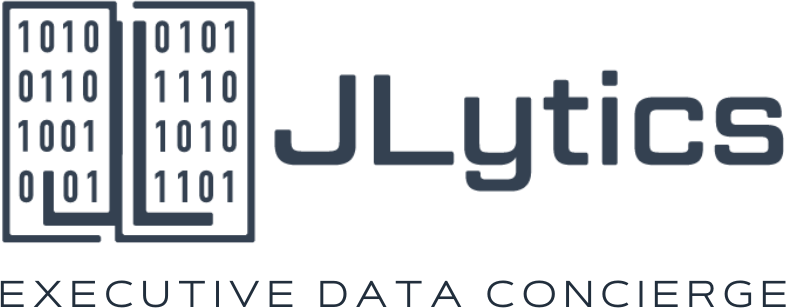Stephen Covey’s now-famous Four Quadrants of Time Management model suggests we divide our tasks into four quadrants: tackle urgent and important tasks first, then not urgent yet important, etc. This is a thoroughly useful heuristic.
By reimagining your company as a self-sustaining system of interrelated value-adding functions – rather than departments – you can better align your time allocation where it matters most.
Herein, I propose a four-part framework that is intuitive, comprehensive, and universally-applicable to any company or non-profit. This framework invites you to look at your company not through the lens of job titles, official roles, or departments, but rather as value-adding functions.
Here are the four functions that ALL tasks that you and your stakeholders engage in must fit into: Fulfill, Support, Promote, Envision
Support: This function encompasses all tasks that enable the tasks in the Fulfill function and maintain the overall structural integrity of your company as a system. These are the behind the scenes tasks: raw materials sourcing, paying employees, maintaining facilities, maintaining IT infrastructure, and more. In the case of a restaurant, this is: sourcing ingredients and supplies, paying employees, maintaining insurance policies, cleaning the facility, and paying the rent on the building.
Together, Fulfill and Support represent the very heartbeat of your company. In fact, with a few exceptions, your company could technically operate for months or years with just these two functions. However, long term, your company will quickly be lost without the remaining two functions: Promote and Envision.
Promote: The job of this function is to acquire new customers and to keep current customers engaged. Promote is most clearly embodied by the sales and marketing departments, but other departments like finance and executive leadership may also be involved in the Promote function. For a restaurant, this could involve soliciting customer feedback on service quality and running local search ad campaigns.
Envision: This role of this function is to ideate beyond where the company is today: anticipating future trends, providing thought leadership to the team, innovating, working through threats and pursuing new opportunities for growth and expansion. In the case of a restaurant, this might be attending industry trade shows, conducting local market research on consumer preferences, or setting up an employee suggestion box program.
Future posts will describe how leaders can leverage this framework to plan their weeks and to evaluate where their actual time usage veered from where it ideally should, for a given period of time.



